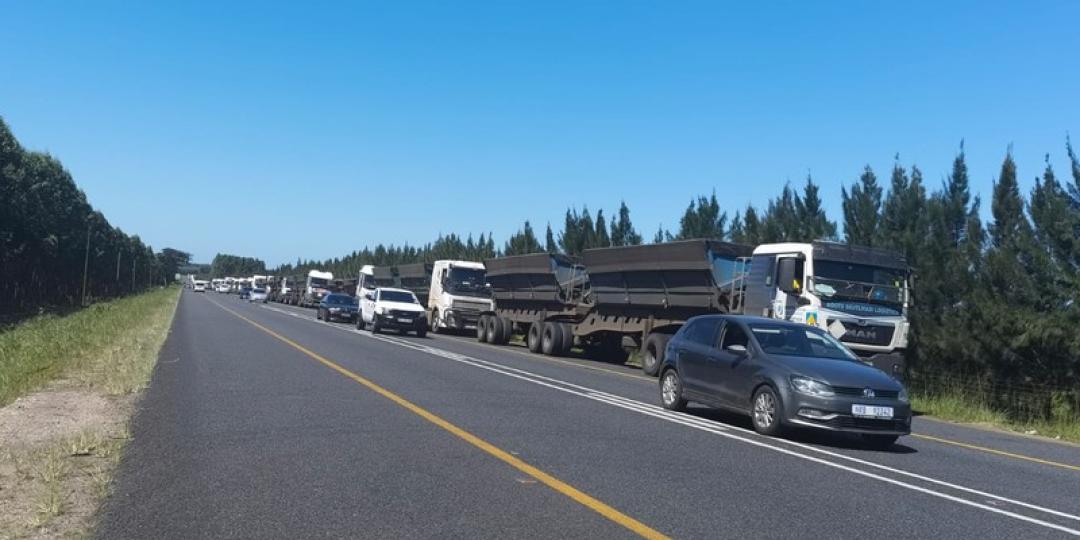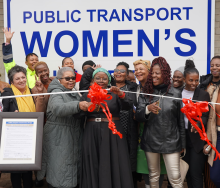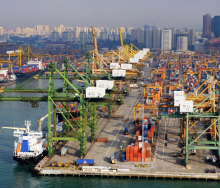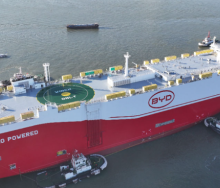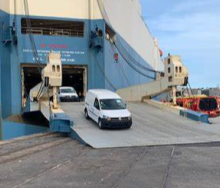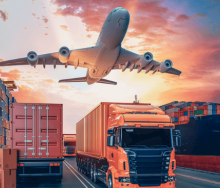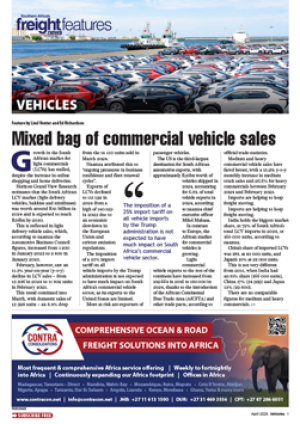Richards Bay and its backlog of coal-laden tippers to and from the port now have a new dimension, as trucks are being ‘staged’ on the N2 southbound from the John Ross off-ramp towards Enseleni – a distance of more than five kilometres.
Compounding matters are those drivers who choose to jump the queue, causing chaos and flaring tempers.
Others find alternate roads into the area via the Richards Bay Minerals road and also via the Brackenham route.
An attempt to resolve the issue has resulted in numerous meetings and promises between interested civil organisations, business bodies and Transnet.
Far from resolving the issues, these interactions serve more to confirm that nothing is being done to reduce the number of trucks bringing coal to the Richards Bay area and that rail is not on the agenda.
That’s according to Mike Patterson from the Zululand Chamber’s Business Forum on Road Issues.
“Roads within the port are seemingly being upgraded to facilitate the move from rail to road transport, but the municipal, provincial, and national road network is ignored. There is apparently no funding or will to repair the roads and infrastructural damage of this,” said Patterson.
Residents say the movement of the trucks had turned the port town into a virtual “coal mine”, affecting major roads from South Africa’s prime coal export basin in southern Mpumalanga.
The original plan was for this coal to be delivered by rail when the Richards Bay Coal Terminal (RBCT) was established in the ‘70s.
However, due to various factors, which include the general inefficiency of the RBCT, the road freight sector has had to absorb demand for ramped up coal exports.
A source close to the issue and the road transport industry painted a picture of almost total lawlessness to illegally deliver coal by up to 400 trucks per day.
“The truckers are breaking all the rules and making up their own ones to make sure that any proper system, put in place that does not suit them, fails,” the source said
“The truth is that the RBCT can only load rail-delivered coal as that is what it was designed for.
“Its conveyor belt was damaged in a fire some time back so its ability to handle coal from rail is limited.
“This, together with the collapse of the rail system, drove trucking companies to use road delivery to make up for a lack of railway capacity.
“Now, with the erratic use of the N2, they are finding side routes that are devastating the infrastructure with no solution in sight.”
